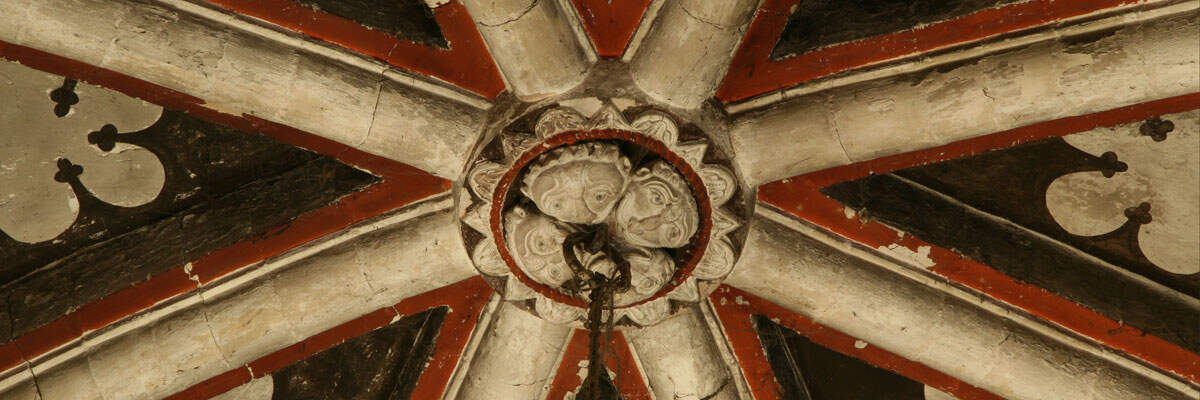Uppingham is a large market town sited between Peterborough and Leicester. St Peter and Paul is a large parish church in the centre of town just off the main market place. The tall W tower and nave with N and S aisles are primarily of the 14thc., although the N aisle was widened and a fourth bay was added to the nave during a major restoration in 1860-61 by Henry Parsons of London. Parsons also demolished and completely rebuilt the chancel and flanking N chapel and S organ chamber and vestry. In the interior, flanking the nave N doorway and also the E window of the N chapel, are four fragments of reset Romanesque sculpture.



